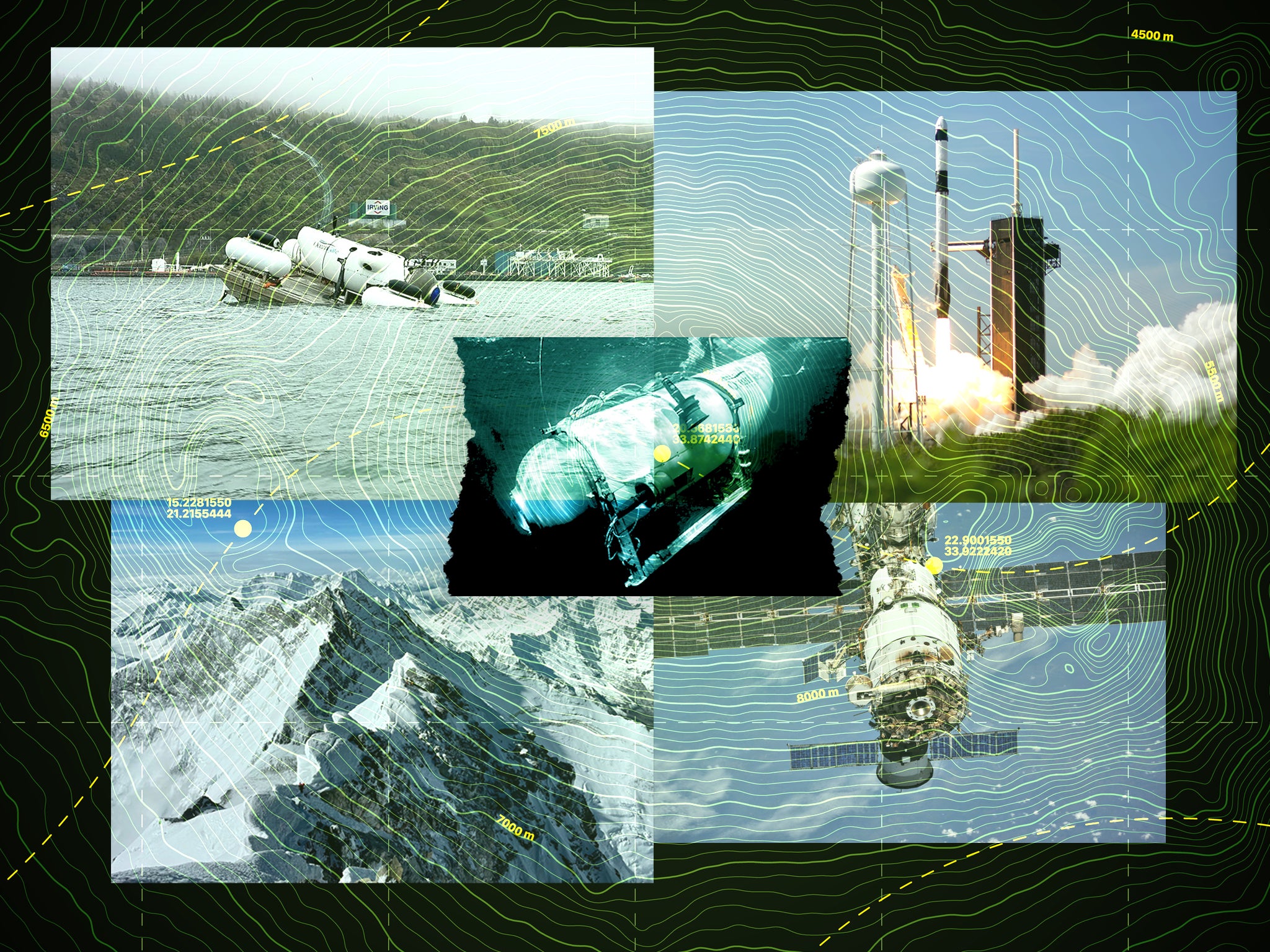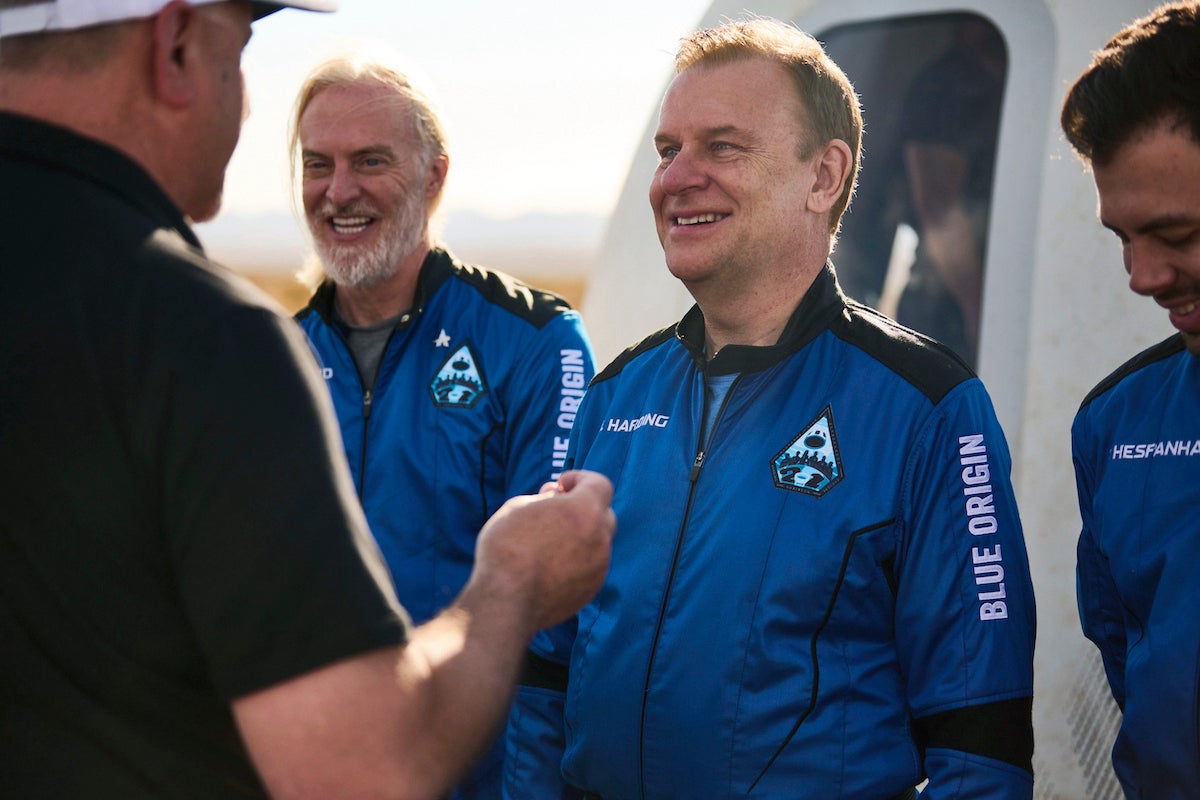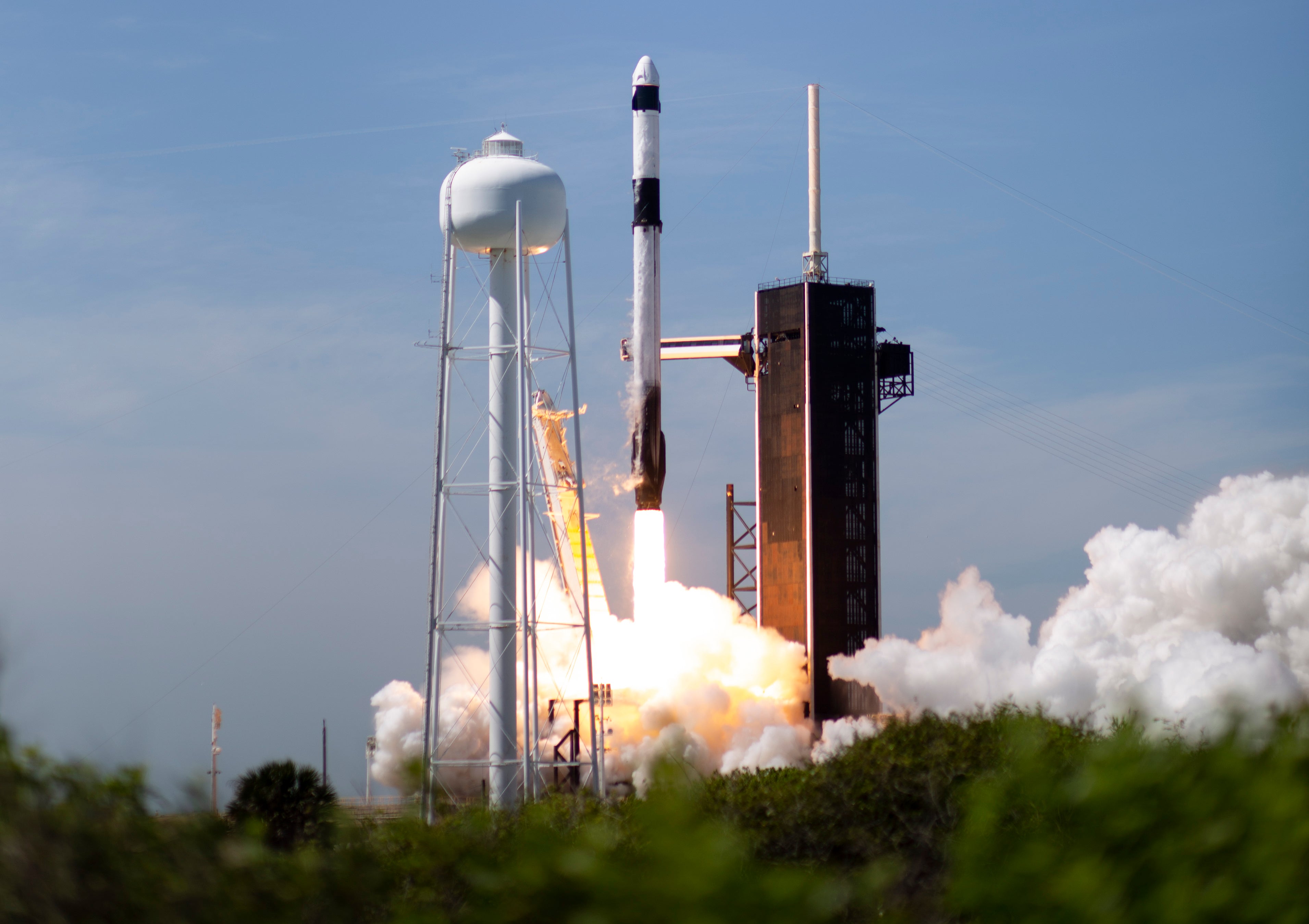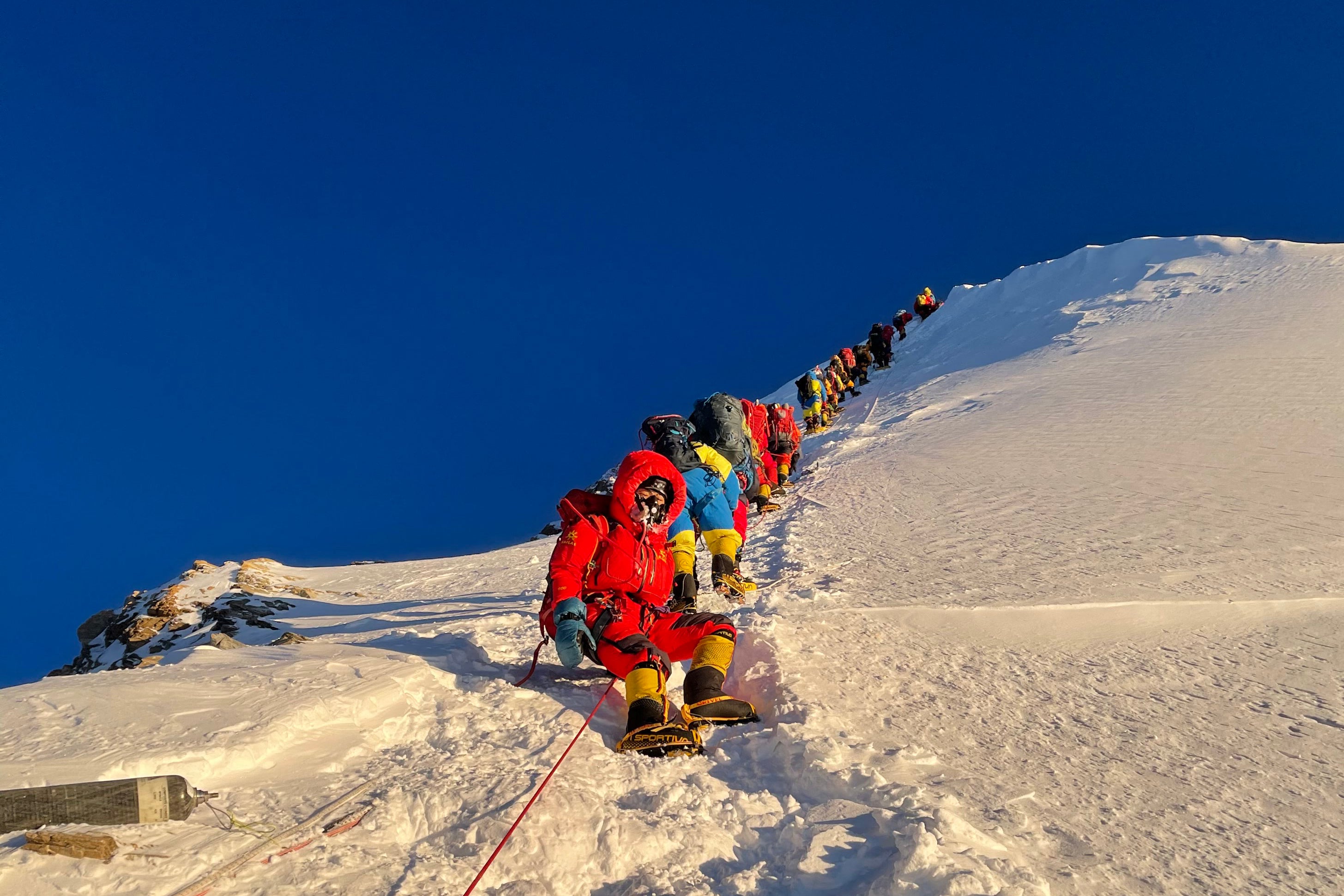Inside the dangerous world of explorer tourism for the thrill-seeking super rich
The trend of the world’s wealthiest paying above the odds for high-risk adventures is nothing new. Gabriella Le Breton investigates the elite’s age-old obsession with discovering the furthest – and most dangerous – corners of the globe

As the world reels from the shocking news that Hamish Harding and his four fellow Titan travellers died beneath the deep when their craft imploded, their fate might have given other tourists, perched on mountain summits, helicopters and expedition superyachts, pause for thought. For even in the supercharged world of explorer travel for the super-rich, money can’t always prevent you paying the ultimate price for your thrills.
Britain boasts a colourful history of wealthy, often aristocratic “gentleman explorers” who have splashed their cash on intrepid travel adventures.
Take William Windham and Richard Pococke, who sought out and subsequently named Chamonix’s Mer de Glace glacier in 1741, fuelled by wine and flamboyant Oriental costumes.

Or the great Sir Ranulph Fiennes, who confirmed that his epic 2003 mission to complete seven marathons in seven days on seven different continents, four months after a double coronary artery bypass operation, had been approved by his cardiac surgeon, with the caveat that his heart rate must not exceed 130 beats per minute. (He then conceded that he had forgotten to pack his heart-rate monitor for the trip…)
Thanks to the adventures of these early explorers, plus the arrival of satellite imagery, the discovery of new realms on Earth is all but impossible today.
Beyond space and deep ocean exploration, modern-day adventurers are essentially left with the option to break speed or age limits, rack up records, aid scientific research, and document fragile environments for future generations. Or pull off ever crazier feats.
The last is what appealed to the self-described “gentlemen adventurers” of the Dangerous Sports Club (D.S.C.). Founded in the late 1970s by a group of mostly Oxford University students, the D.S.C. was dedicated to performing death-defying stunts, typically while wearing tailcoats and wielding bottles of champagne.
Deeming St Moritz’s Cresta Run exciting but not truly dangerous, they chose instead to ski down the slopes on a grand piano and Louis XIV dining set, invent bungee jumping and pioneer hang gliding and BASE jumping.
By all accounts, Hamish Harding was a committed explorer, rather than a thrill-seeker; the holder of three Guinness World Records and the first Briton to travel on a Blue Origin human spaceflight mission. A frequent visitor to the South Pole, Harding worked with the triple Polar world record holder Patrick Woodhead to introduce regular business jet services to the Antarctic in 2017.

Woodhead, who founded the Antarctic adventure company White Desert in 2005, with a handful of basic tents, hosted wealthy explorers including Harding and his astronaut friends Buzz Aldrin and Terry Virts. Woodhead’s expanding portfolio includes eight-day trips to the new Echo Camp, a cluster of six luxury fibreglass ‘sky pods’, adorned with photographs of Antarctica taken from outer space by Virts. The $104,000 per person price tag includes activities like ice climbing, skiing and snowmobiling.
Inspired, perhaps, by Virts’ photos, three people stumped up $50m apiece for a ticket to the International Space Station last year, bringing the total number of space tourists to 13. Hosted by Axiom Space, the 10-day mission included 15 weeks of training and was sold exclusively through Roman & Erica, the eponymous travel company of New York-based husband and wife team Roman Chiporukha and Erica Jackowitz.

As “lifestylists”, Roman and Erica are on hand to assist you to “live the very best version of your life” for an alleged annual retainer of $100,000. In addition to selling tickets to space, the couple work with EYOS Expeditions to offer clients the $750,000 opportunity to explore the Mariana Trench, believed to be the planet’s deepest underwater trench, as the sole passenger of a submersible.
Chiporukha is an avid believer that space and deep ocean travel can, ultimately, be commoditized in the same way that air travel has been. “It’s important to support the folks that are going up and paving the way, because they are the pioneers. Yes, today they will go for $50m or $55m. [But] hopefully in 10 or 20 years our children can do it for $50,000 or for $5,000.”
The commoditization of extreme travel to space and the oceans would be a worthy legacy for the world’s wealthiest people to leave behind. But perhaps their lust for exploring is simpler than that. As Antoine de Saint-Exupéry, the French author and aviator who disappeared mysteriously in 1944 while flying over the Mediterranean, wrote in the words of The Little Prince: “No one is ever satisfied where he is.”
Extreme experiences
Top of the world
“Bagging” Everest remains a bucket list essential for many of the world’s ultra-wealthy. Dropping $92,000 plus travel for a custom expedition with the likes of RMI Expeditions enables travellers to test their grit on Everest’s mighty flanks, together with some 800 other climbers each year, around 10 per cent of whom will likely give their lives to the mountain.

The seven seas
Expedition superyachts are the billionaire’s preferred base camp of choice and EYOS Expeditions is their go-to organiser of audacious yacht-based adventures. The company collaborated in the development of the six-suite SeaXplorer expedition superyacht La Datcha, which features two helicopter hangars, a dive centre and decompression chamber, and carries a submersible, two waverunners and two snowmobiles. Guests can take La Datcha’s sub for a spin in Micronesia or heliski on smouldering volcanoes in the Russian Far East or razor-sharp Alaskan spines for €1m a week.
Infinity and beyond
Two tickets for the Blue Origin New Shepard rocket flight that Harding joined in 2022, reaching 351,000ft (66 miles) above earth, were rumoured to cost $2.5m. Sir Richard Branson’s Virgin Galactic tickets are a comparative bargain: $450,000 will buy you the opportunity to fly 260,000ft (50 miles) above Earth, experiencing a few minutes of zero gravity.
Join our commenting forum
Join thought-provoking conversations, follow other Independent readers and see their replies
Comments
Bookmark popover
Removed from bookmarks